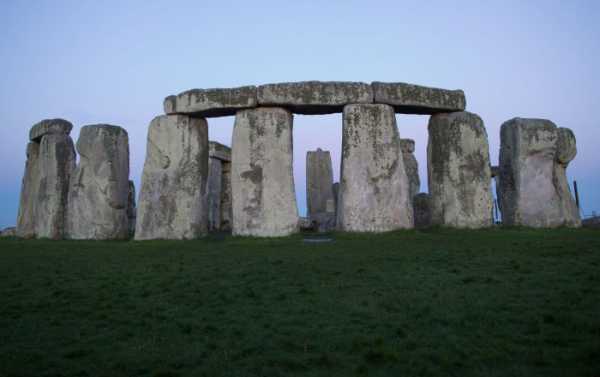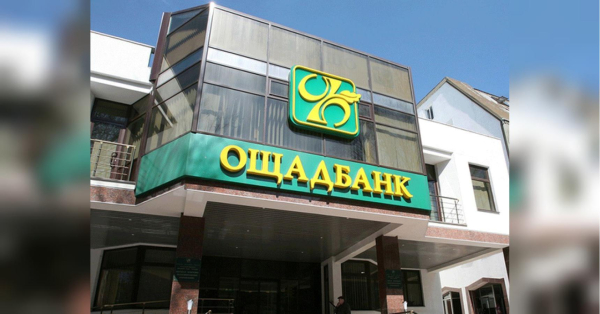
The region outside Moscow where the famous Russian saint St. Sergius of Radonezh once lived attracts not only Orthodox believers, but also those on a quest to seek out mysterious anomalies and ancient pagan treasures.
Over the years, a steady stream of people has been drawn to the village of Radonezh, not far from Moscow, searching for the site of what was once a large pagan sanctuary containing stunning artifacts and treasures. Many are convinced new archaeological research will help us to glimpse beyond the shroud of mystery linked to the area.
The Local Legend
According to lore, in the mid-1960s, a young local couple were walking late from Radonezh to the neighboring Vozdvizhenskoe settlement along a deserted woody path, only to hear “voices, dogs barking, laughter, rattling buckets and other sounds” in an area otherwise deserted. After standing rooted to the spot, in awe of the haunting sounds, they turned around and hurried back.
After narrating their experiences, they discovered the place had long been linked with rumors of an “enchanted place” between Radonezh and Vozdvizhensky settlements.
The area, according to local belief, had been used by pagans, with a heathen altar once used for human sacrifices to the Gods.
Yet, none of the locals could vouch for the exact location of the temple, which was also touted as a hiding place for a wondrous treasure.
Treasure Hunters
In the middle of the XIX century, famous Russian ethnographer Ivan Snegirev, who had studied the life of the great Russian Saint, St. Sergius of Radonezh, visited the region. He was soon told of the ancient sanctuary of the White Gods on a hill two miles from Radonezh.

Celebrations marking the 700th birthday anniversary of the Reverend St. Sergius of Radonezh
“According to old-timers, there were stones in the ravine under which people had searched for the treasure, and according to legend, St. Sergius had erected a stone cross in place of the idols worshiped by the pagans of the neighboring villages,” wrote Snegirev wrote in his notes.
This triggered a succession of treasure hunters making their way into the village. Everyone wanted to find the described treasures of pagan priests hidden there, with Moscow newspapers occasionally offering reports from the search site.
Archeologists ventured into the area only at the beginning of the 20th century, but found little worth their efforts.
After digging in the fields, but keeping away from the woods, they discovered only a few burial sites. Villagers were convinced the archeologists were in fear of the spirits of the temple.
In Soviet times, the place was investigated using aerial photography, and this revealed a layout similar to the famous Stonehenge in the UK.

Stonehenge, England
However, it remained a mystery to whom exactly the temple was dedicated.
Mention was made of the White God, or “Belobog”, but information was scant, albeit references were found to the deity across the area, and throughout Eastern Europe.
The Slavic deity of light and Sun, the counterpart to the dark and cursed Chernobog (Black God), it is not certain if Belobog was actually ever worshipped by polytheist Slavs, as there are no reliable historical records which mention this name.
According to Slavic pagan expert Vladimir Kazakov, this deity was “prayed to for the best of everything, as he was identified with Svarog, the supreme deity”.
Strangely, Western Slavs worshiped Belobog and Chernobog. Therefore, according to the researcher, it is very surprising that a sanctuary in their honor was located in the northeast of Ancient Russia.
Archaeologists are yet to find any evidence of specific gods, as no full-scale excavations have taken place in the area.
There are only assumptions as to what the sanctuary looked like.
As to its location, there are three popular hypotheses: the ancient settlement of Radonezh, the site where the stone Transfiguration Church now stands, and an oak grove in the area of Leshkovo-4 and Leshkovo-9 villages, where in the 19th century locals allegedly found “remains of heathen idols.”
Professional historians gather here annually, and of late, many Christian and pagan artifacts of the XII-XIV centuries have been found at the site.
But besides scientists, the surroundings of Radonezh are a magnet for all sorts of lovers of mysticism, who pronounce the spot a “place of mystical power.”
The anomalous events they claim take place here are seen by them as a warning sign to folks from the pagan deities, ferociously guarding their treasures.
Sourse: sputniknews.com






